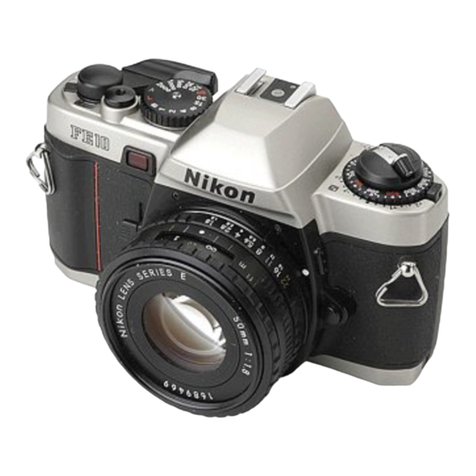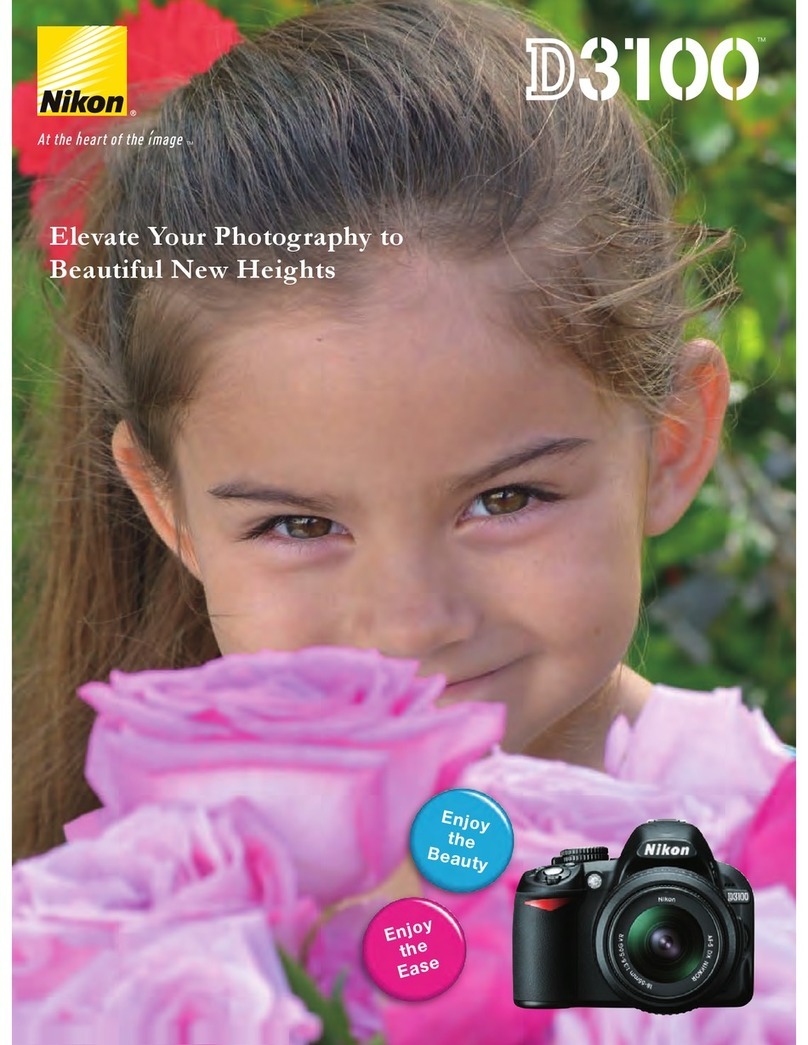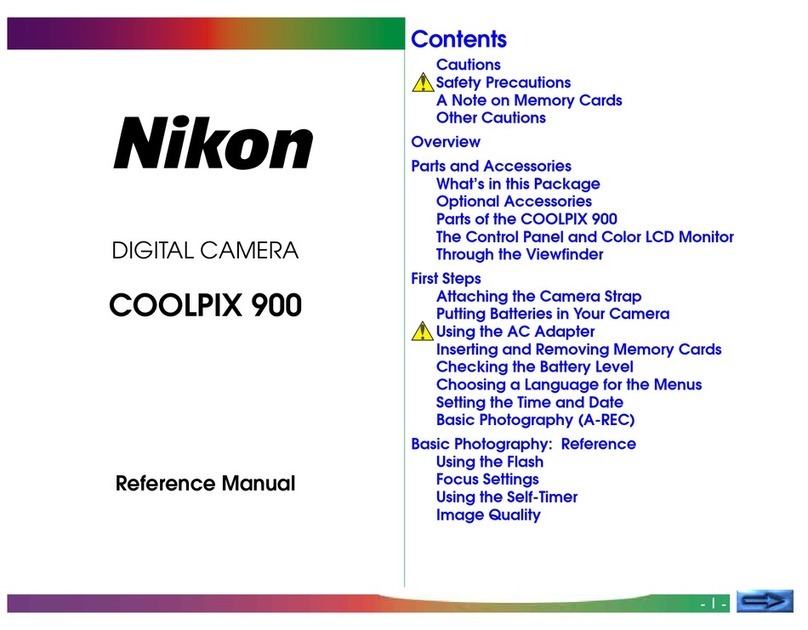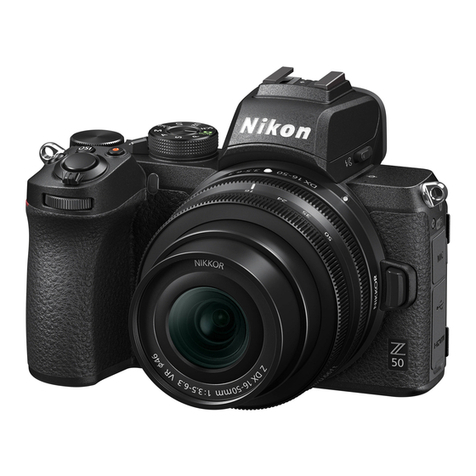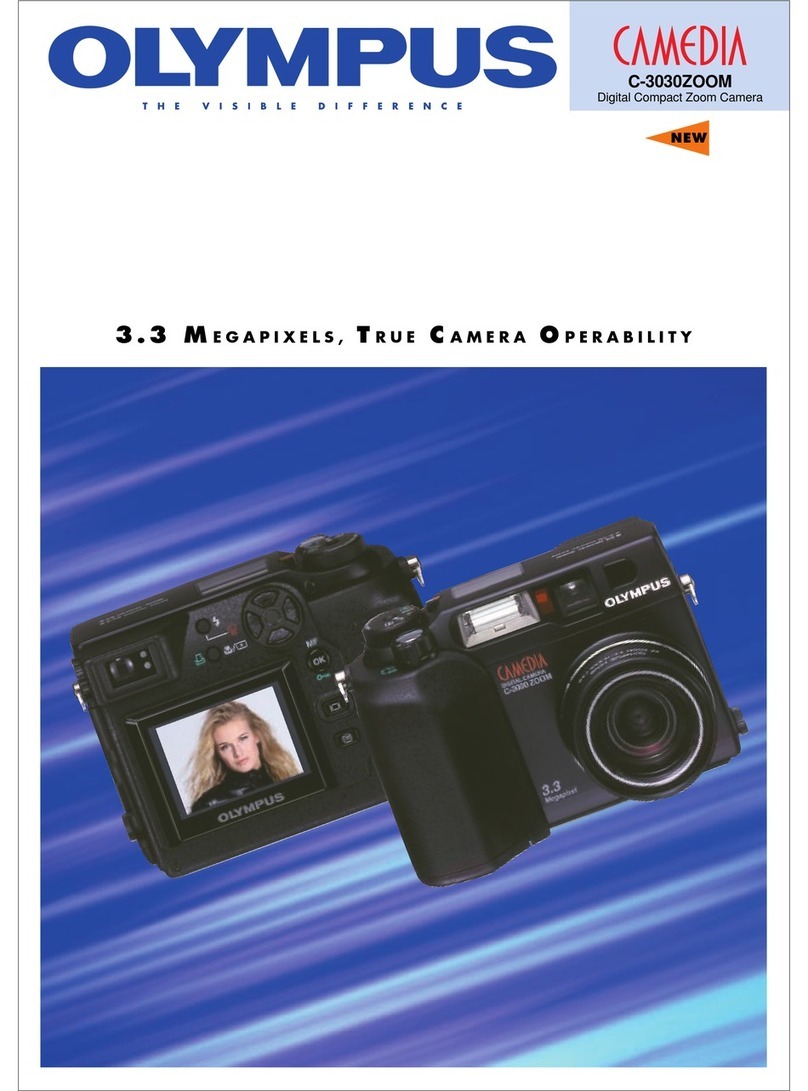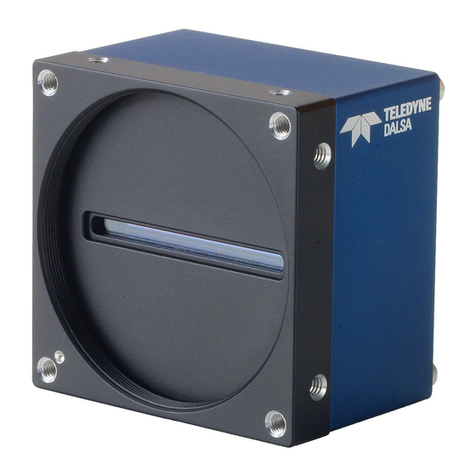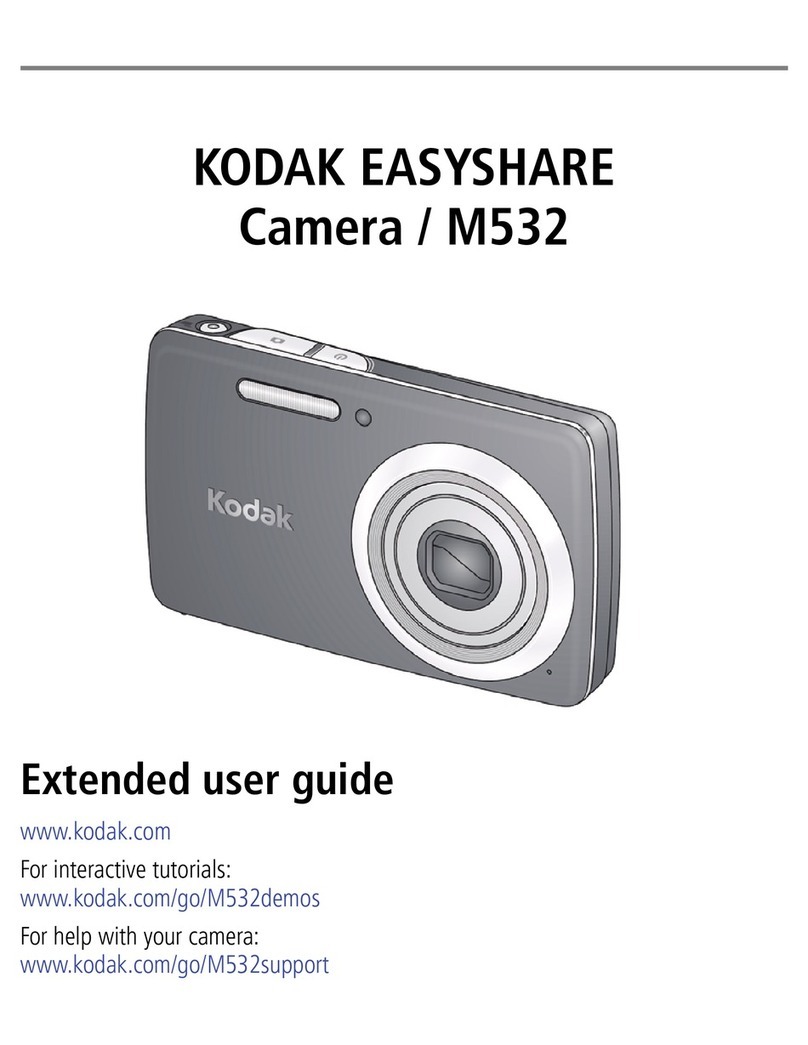Nikon D300 User manual
Other Nikon Digital Camera manuals
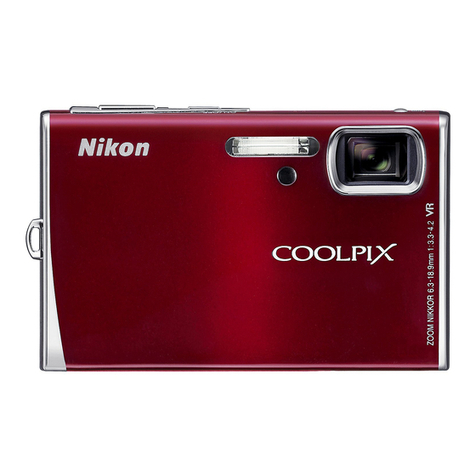
Nikon
Nikon Coolpix S52 User manual

Nikon
Nikon Coolpix 880 User manual

Nikon
Nikon CoolPix 4100 User manual
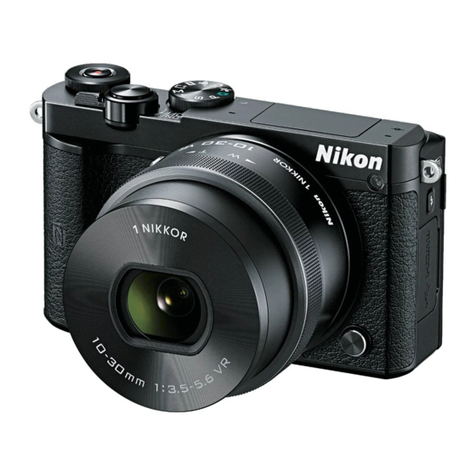
Nikon
Nikon 1J5 User manual
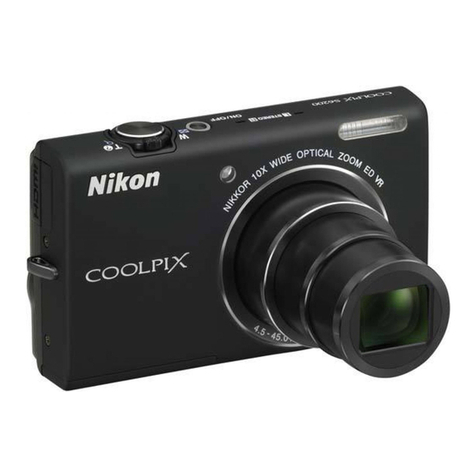
Nikon
Nikon CoolPix S6200 User manual
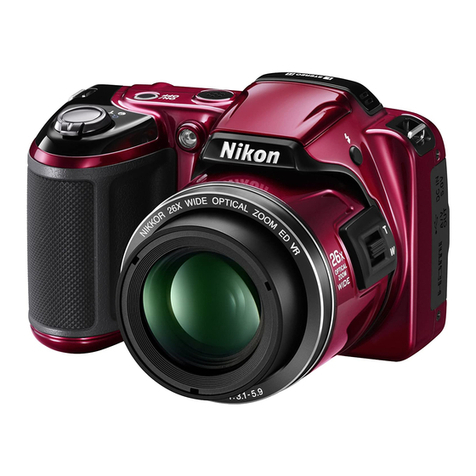
Nikon
Nikon COOLPIX L810 User manual
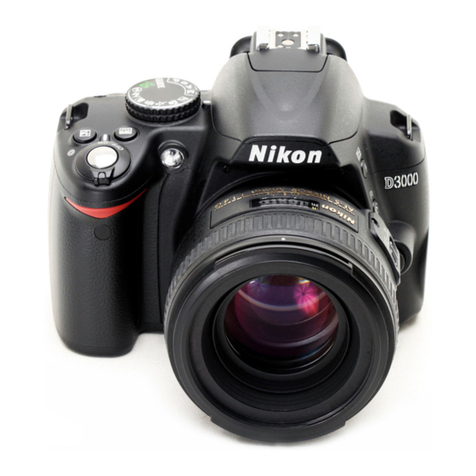
Nikon
Nikon D3000 User manual
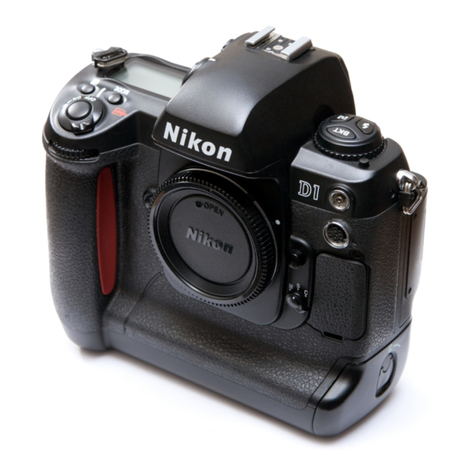
Nikon
Nikon D1 User manual
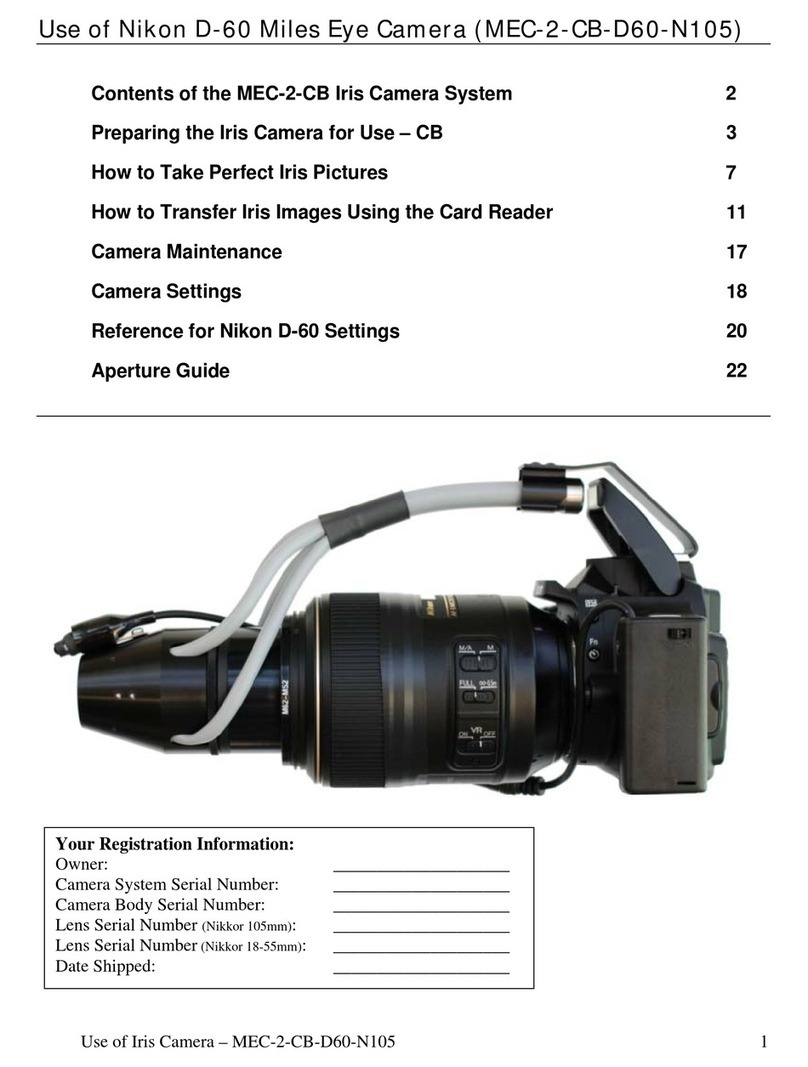
Nikon
Nikon D60 User manual
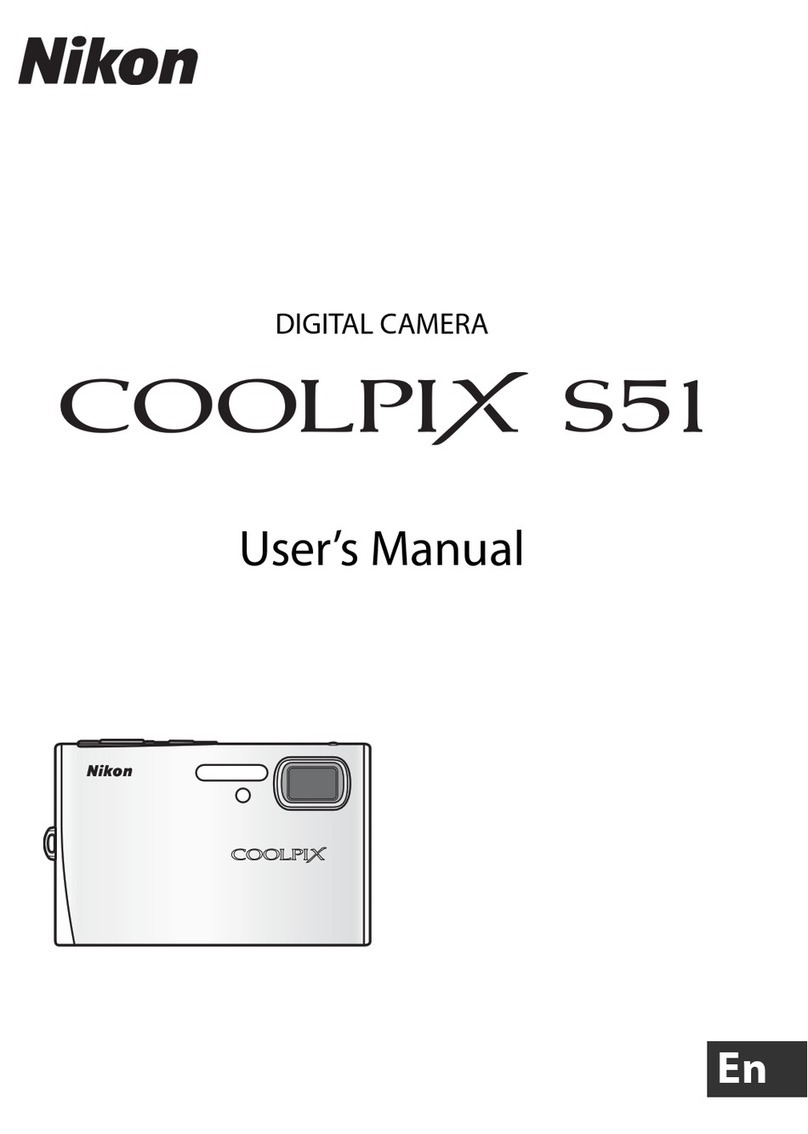
Nikon
Nikon CoolPix S51 User manual
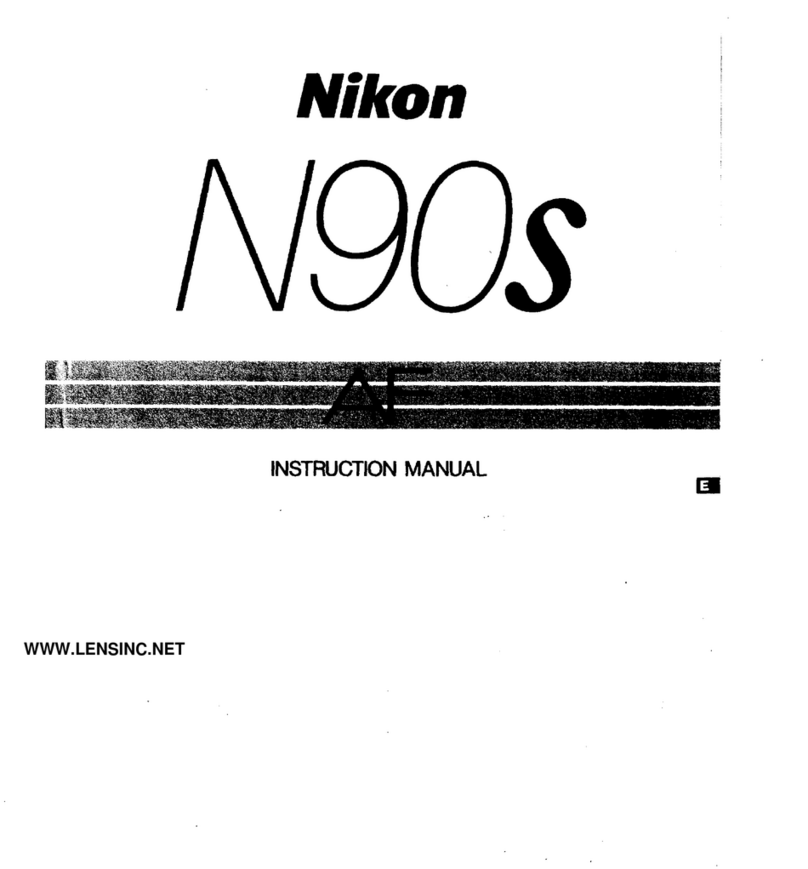
Nikon
Nikon F90S User manual

Nikon
Nikon Coolpix S4100 User manual
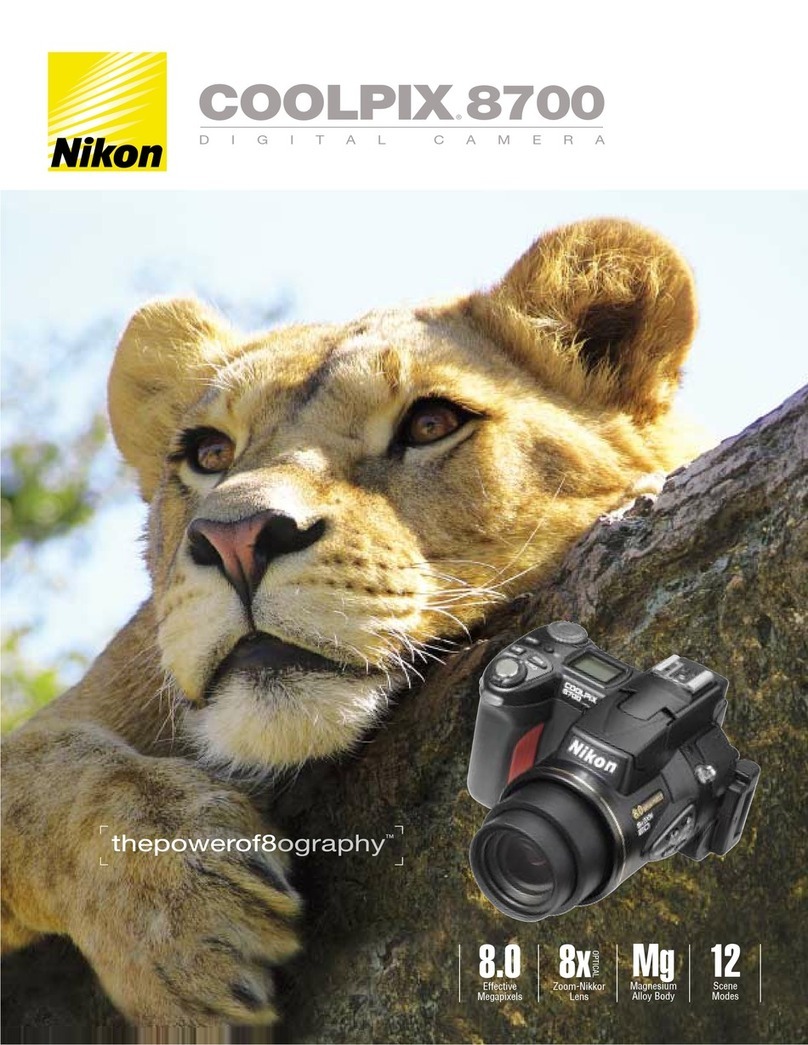
Nikon
Nikon COOLPIX 8700 Installation and operation manual
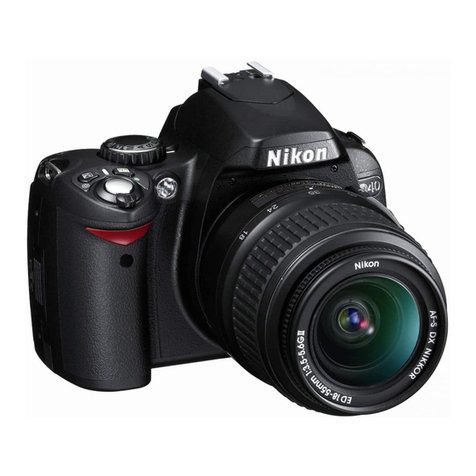
Nikon
Nikon D-40 - D40 6.1MP The Smallest Digital SLR... User manual
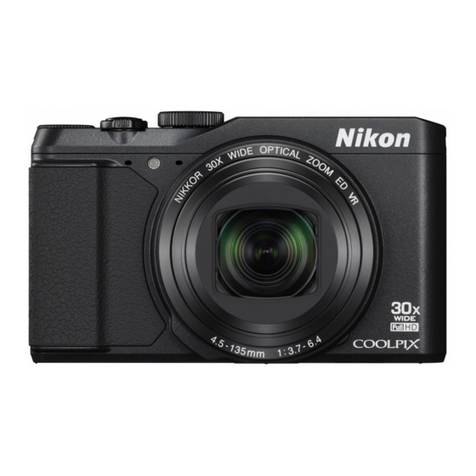
Nikon
Nikon Coolpix S9900 User manual
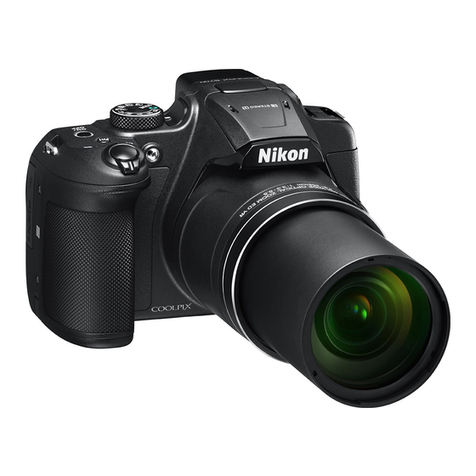
Nikon
Nikon COOLPIX B700 User manual

Nikon
Nikon 1541 User manual
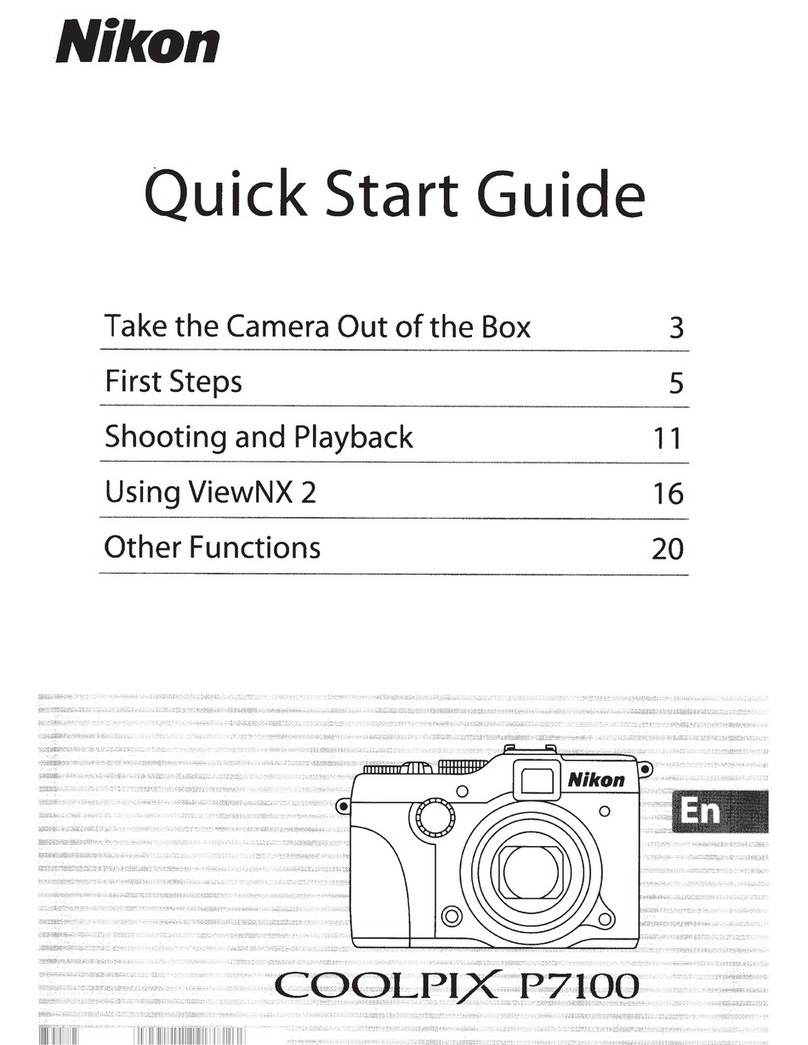
Nikon
Nikon COOLPIX P71 00 User manual
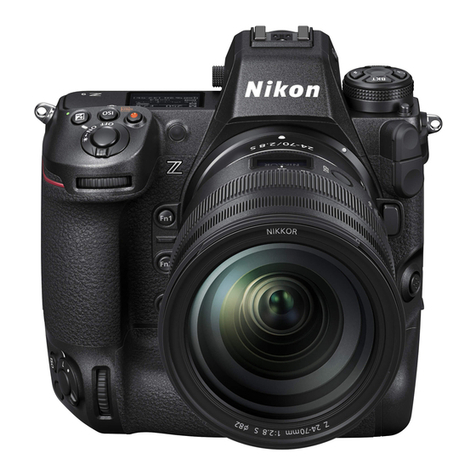
Nikon
Nikon Z 9 Service manual

Nikon
Nikon 3008912 User manual
